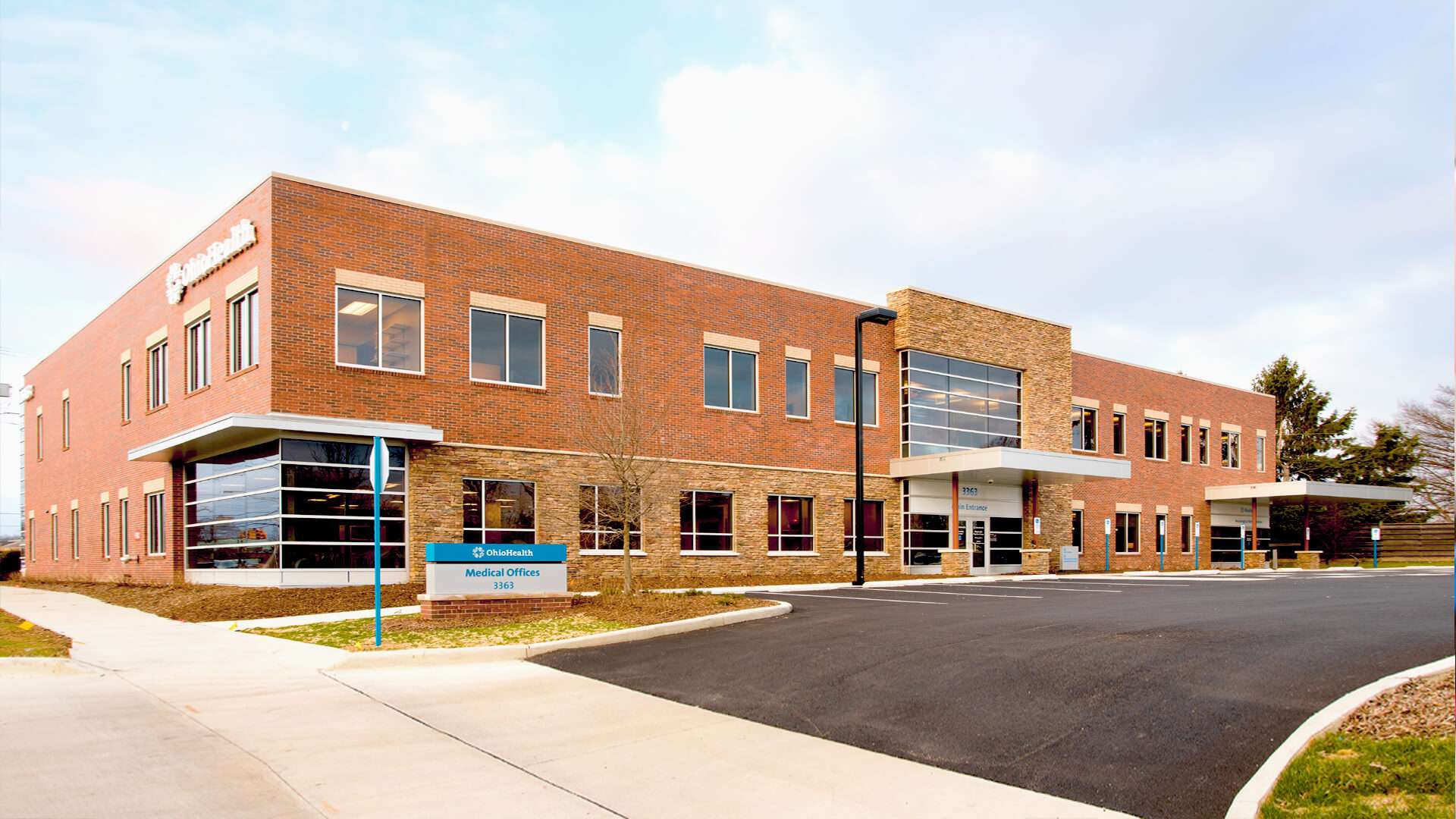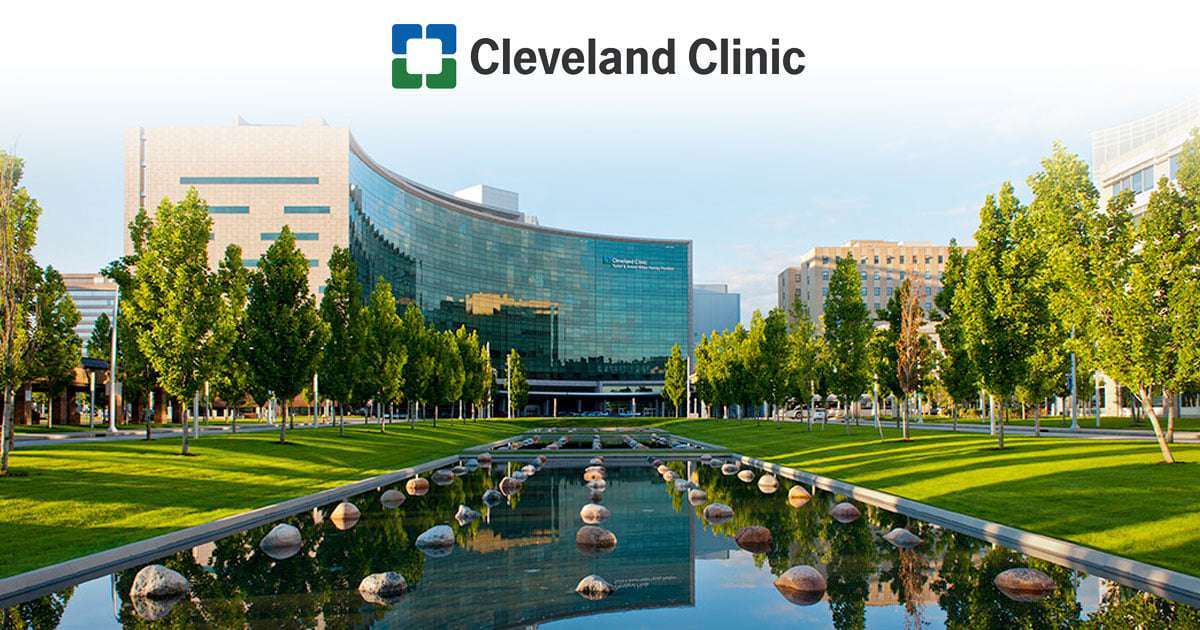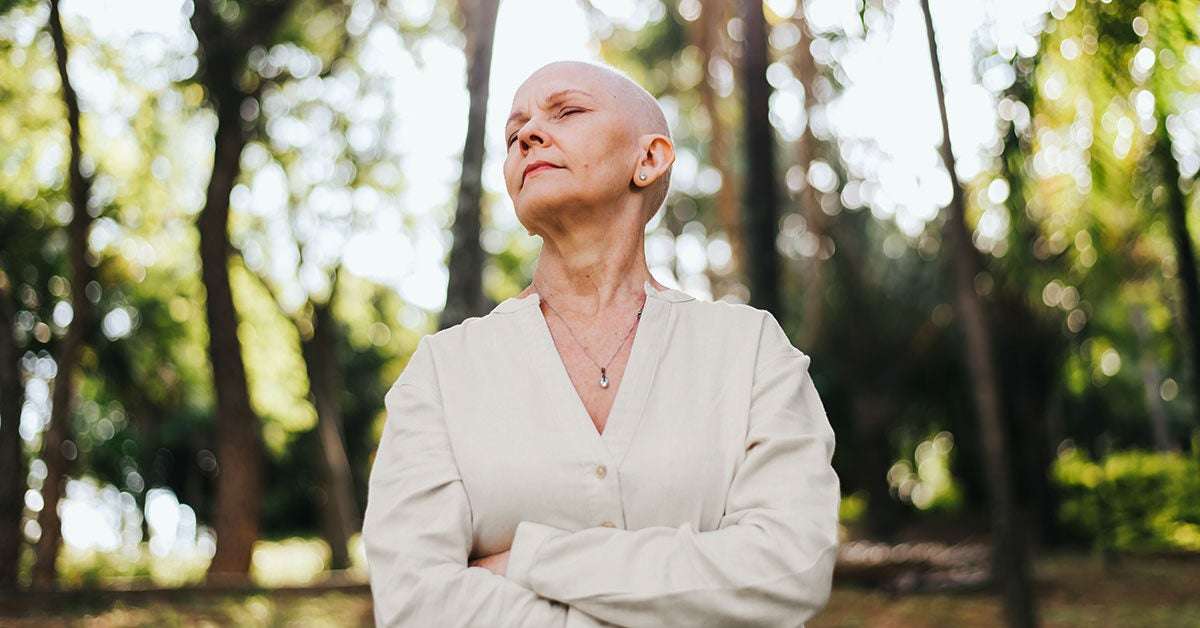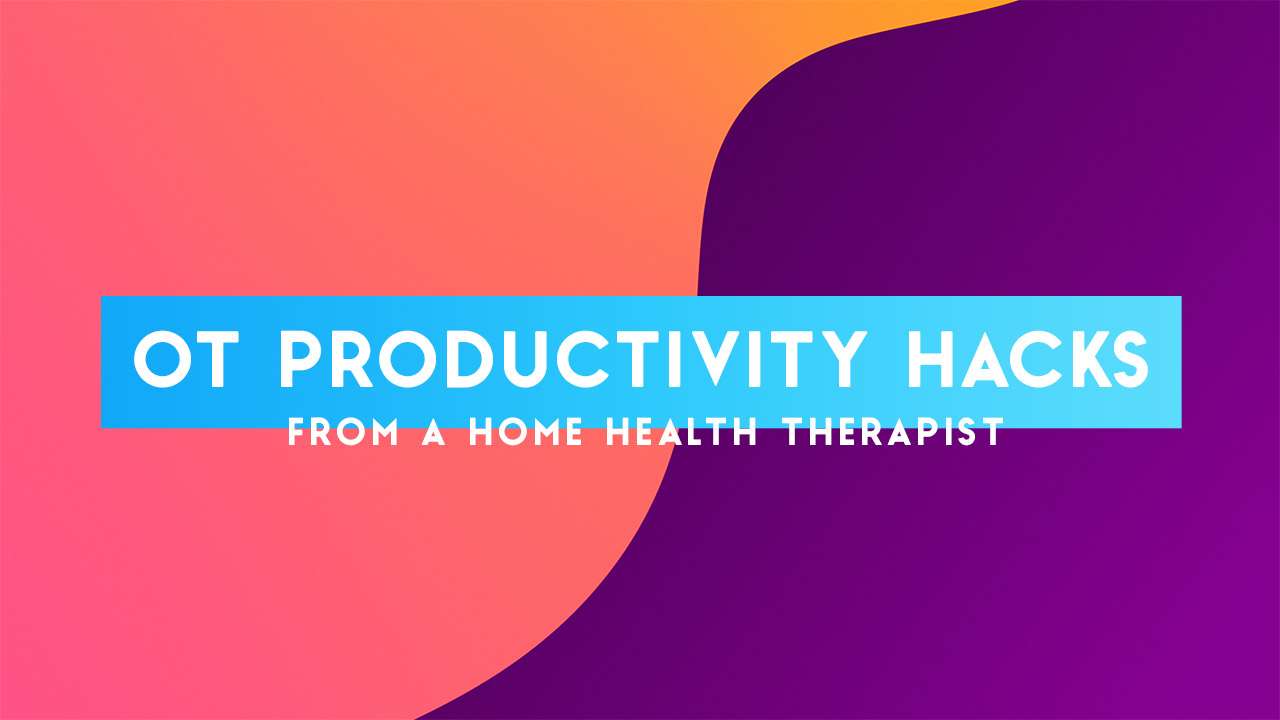Ohio University/OhioHealth Physical Therapy Residency
 The Ohio University and OhioHealth residency programs are accredited by the American Physical Therapy Association as post-professional residency programs for physical therapists.
The Ohio University and OhioHealth residency programs are accredited by the American Physical Therapy Association as post-professional residency programs for physical therapists.
The Physical Therapy Residency Program is a collaboration with OhioHealth to offer an orthopedic, neurological and a pelvic health residency for licensed physical therapists. This partnership brings together the strengths of both organizations to create high quality residency programs designed to advance the clinical and scientific knowledge base, clinical skills, clinical research skills and teaching effectiveness of physical therapists.
OhioHealth offers strong and varied clinical experiences with advanced clinical mentoring by physical therapists and physicians, while the Ohio University Division of Physical Therapy offers exceptional learning experiences through coursework, advanced clinical and teaching mentorship, and research opportunities. The specific advantages of this partnership are to improve patient care and to enrich and build the careers of the residents. Each of the first three orthopedic residents have passed the OCS examination upon completion of the residency.
The resident will be an employee of OhioHealth and will earn 80 percent salary commensurate with experience. Benefits typical of an OhioHealth associate are provided by OhioHealth.
Neurologic Physical Therapy Residency
General Information (PDF)
The Ohio University/OhioHealth Physical Therapy Residency program has a 100% first time pass rate on ABPTS specialty certification exams and a 100% graduation rate.
Orthopedic Physical Therapy Residency
General Information (PDF)
Curriculum (PDF)
The Ohio University/OhioHealth Physical Therapy Residency program has a 100% first time pass rate on ABPTS specialty certification exams and a 100% graduation rate.
Women’s Health Physical Therapy Residency
General Information (PDF)
The Ohio University/OhioHealth Physical Therapy Residency program has a 100% first time pass rate on ABPTS specialty certification exams and a 100% graduation rate.
Admission Requirements
- Graduation from a CAPTE accredited physical therapy program
- Licensed physical therapist
- APTA member
- APTA section member (encouraged)
Admission Process
Applications for orthopedic residency are submitted through the RFPTCAS centralized application service. The application deadline is March 1 each year.
Contact
James Odenthal, DPT, OCS
Residency Director, Ohio University/OhioHealth Orthopedic Residency
Grover Center W290
Division of Physical Therapy
Ohio University
740.593.1214
[email protected]
Rehabilitation Therapy Offered at This Location
This location offers a full range of neurological rehabilitation therapy that includes but is not limited to the following.
-
Rehabilitation Services
- Physical therapy
- Occupational therapy
- Speech therapy
- Care management
- On-site social services
- Integrated counseling
-
Accessibility and Technology Services
- Driver rehabilitation
- Alternative and augmentative communication
- Home modification consultation
What to Expect During Your Therapy Visit
Patients are usually seen for a series of therapy visits, typically two to three times per week. Treatment frequency and duration are determined by the evaluating therapist, in collaboration with the referring physician.
Your therapist will complete an evaluation and work with you to develop an individualized treatment plan of care, considering your specific condition and your personal therapy goals.
You will be asked to complete a clinical outcomes survey. This brief survey assists your rehabilitation therapist in developing your treatment plan. Our therapists achieve treatment outcomes that are statistically better than the nation in fewer treatment sessions.
Prepare for Your Visit
Treatment sessions are one-on-one with the therapist and range from 30 minutes to three hours, depending upon your individual, clinical needs. Back-to-back sessions can be arranged in most cases, if you require more than one type of therapy. Free parking is available.
- Please arrive 15 minutes before your first appointment to complete registration.
- Bring your insurance cards, a photo ID and a list of current medications and allergies.
- Interpretive services and financial assistance are available, if needed.
- Family members are welcome to attend therapy sessions and are considered an essential part of your treatment process.
Inpatient Rehabilitation
Some patients may need intensive therapy and education that can only be provided during a hospital stay. This is where OhioHealth Rehabilitation Hospital in Columbus comes into the picture.
With a focus on an intense, hands-on approach, patients have appointments with various rehabilitation specialists each day. The goal is to help patients get back to their lives as soon as possible.
In addition, OhioHealth Rehabilitation Hospital supports the management of the 14 bed inpatient rehabilitation unit at OhioHealth Mansfield Hospital. This ensures that inpatient rehabilitation care, regardless of where received, remains consistent for the patients we serve.
When they’re ready to leave the rehabilitation hospital, if they need continued rehabilitative care, they continue work with our therapists at our outpatient OhioHealth Neurological Rehabilitation centers. Services include:
STROKE INPATIENT REHABILITATION SERVICESA rehabilitation program specifically designed for each patient; includes coordination of care that addresses changes in the physical, emotional, social and vocational status of each patient.
BRAIN INJURY INPATIENT REHABILITATION SERVICESIndividualized care designed to help each patient develop new ways to function so as to compensate for deficits; improve physical functions; and maximize responsiveness.
SPINAL CORD INJURY INPATIENT REHABILITATION SERVICESEarliest possible start to rehabilitation care for spinal cord injury patients to optimize patient abilities and independence. Includes developing skills to perform daily activities, and using adaptive technologies to facilitate functions at home and at work.
COLUMBUS, Ohio – OhioHealth announced today the opening of the OhioHealth Upper Arlington Medical Office Building. This new building relocates existing neurological rehabilitation services from Larwell Drive and has additional interior space for future growth of services, based on community need. Current services in the building include:
- Primary care (including an Express Appointment Center, offering same day appointments for existing patients)
- Neurological rehabilitation
- Lab services
- Primary care MDVIP practice, opening March 31, 2017
“The Upper Arlington Medical Office Building will serve two purposes for the community,” said Hugh Thornhill, president of OhioHealth Physician Group. “First, it provides growth space for primary care physician services. This creates improved access for community members to receive vital primary care close to home. Second, it allows us to expand our neurological rehabilitation program, which has experienced significant growth as a result of our nationally recognized neuroscience program at OhioHealth Riverside Methodist Hospital.”
president of OhioHealth Physician Group. “First, it provides growth space for primary care physician services. This creates improved access for community members to receive vital primary care close to home. Second, it allows us to expand our neurological rehabilitation program, which has experienced significant growth as a result of our nationally recognized neuroscience program at OhioHealth Riverside Methodist Hospital.”
Two of the primary care physicians in the building are brothers David DeWalt, DO and Mark DeWalt, DO. Both will be returning to practice in Upper Arlington.
“We grew up in Upper Arlington and I live here today,” said David DeWalt, DO. “We started in practice years ago in this community and are thrilled to be back. We look forward to providing quality, convenient healthcare right here in UA.”
“Many of our patients currently travel from Upper Arlington and now we are able to provide them with a location closer to where they live,” said Mark DeWalt, DO. “We look forward to serving them and meeting new patients from UA and its surrounding communities.”
The 25,000 square foot building is located on the northwest quadrant of Tremont and Fishinger Road. OhioHealth has invested roughly $3.4 million into the Upper Arlington community for this facility. The building is opening six weeks ahead of schedule.
MDVIP
OhioHealth and OhioHealth family medicine physician, Richard J. Seidt, II, MD, have recently affiliated with MDVIP, the leader in personalized healthcare, to offer a new option for primary care.
With a focus on personalized prevention and wellness, MDVIP is a unique approach to primary care that allows OhioHealth and Dr. Seidt to expand the medical resources available to patients. Each patient who enrolls in the practice will receive a comprehensive health risk assessment and annual wellness program with advanced screenings, diagnostic tests and a customized action plan addressing key areas from heart health, nutrition and fitness to emotional well-being and management of chronic illness. There is an annual fee for the extensive wellness program which includes preventive services not covered by most health insurance plans.
Neurological Rehabilitation
Neurological rehabilitation services will move from its current location on Larwell Drive to the new facility, effective January 30, 2017.
This new facility will be home to a dedicated team of therapists providing specialized expertise in all aspects of neurologic rehabilitation. They will use their focused expertise to work closely with patients, their family members and physicians to achieve meaningfully improved patient outcomes. This state-of-the-art facility features an overhead physical therapy harness track system, a functional home, gaming and vision training technology, dizziness and vertigo treatment tools, private speech therapy and swallow treatment offices and more.
“We couldn’t be more excited about what this new facility means to the rehabilitation teams, our patients and their families,” said David Rupp, OhioHealth Director of Neurological Rehabilitation Services. “We had outgrown the space at our old location. Now, we have a new state-of-the-art facility matching the incredible talents of our therapy team. Our physical, occupational and speech therapists work so hard to get the very best outcomes for our patients. This new facility, and the technological advancements built into the space, allows for outstanding OhioHealth neurological care close to home.”
This facility is conveniently located less than two miles from the OhioHealth Neuroscience Center at Riverside Methodist Hospital.
In addition to neurological rehabilitation, Upper Arlington Medical Office Building will also be home to orthopedic physical therapy. Physical therapists will work with patients to treat back pain, ankle sprains and much more.
Your brain controls virtually every function of your body. When the brain experiences an injury, it can affect everything from the way you think, speak and feel, to the way you move.
Physical activity plays a vital part in long-term recovery from brain injuries, but the changes that come with them can make traditional gym settings challenging, potentially increasing your risk for injury.
Marie Simeo, PT, MS, a certified neuro-developmental therapist and clinical coordinator for the OhioHealth Outpatient Neurological Rehabilitation program, explains how specialized fitness programs can give people the support and self-confidence to succeed.
What is an acquired brain injury?
“Acquired brain injury, or ABI, is an injury to the brain that occurs after birth and is not linked to a degenerative disorder, like Parkinson’s disease or Alzheimer’s disease,” says Simeo. “The acquired brain injury most people are familiar with is stroke. Brain tumors and anoxia, which is caused by a lack of oxygen, are other types. Brain tumors are another type. And then there are traumatic brain injuries, or TBIs, which are caused by impacts or blows to the head.”
Depending on how an injury affects the brain, Simeo says a person can experience a myriad of symptoms. “These can be physical, like arm or leg weakness, or problems with movement or balance. In addition to physical changes, some people may experience cognitive, emotional or behavioral changes. Others may have difficulty speaking or understanding language. Any of these changes may make it difficult for a person to walk, live independently or complete activities of daily living. It’s actually quite a diverse population.”
What challenges to people with ABI face in regard to physical fitness?
Simeo says people recovering from brain injury often find conventional fitness centers to be challenging and intimidating. “These individuals don’t always feel safe or comfortable in a community gym. Physical or other changes after brain injury may restrict the type of exercises they can perform, classes they can participate in or exercise equipment they can access. Personal trainers at conventional fitness centers often do not understand the unique physical symptoms people with acquired brain injury may experience, the types of exercises that would be best for them, or how to modify routines or equipment to avoid injury.”
She suggests finding a program that recognizes and meets the specific needs of people with brain injuries, like the fitness programs developed by the Upper Arlington Neurological Rehabilitation Program in collaboration with OhioHealth McConnell Heart Health Center. Simeo works with a team of physical therapists and exercise physiologists that provides specialized support to people recovering from brain injury. “In 2011, we started our first stroke fitness program, offering stroke survivors the opportunity for continued cardiovascular and strength training. Since that time, we expanded the program to include all acquired brain injury diagnoses and have added new classes to better meet the needs of this diverse population. What is unique about our programs is the expertise of our instructors. They understand the fitness needs of people with brain injury and teach clients how to exercise safely and independently.”
Why should I seek out a specialized brain injury fitness program?
“After brain injury, the sooner you can start a rehabilitation program, the better,” says Simeo. “If you don’t have a recovery plan, you can experience a decline in strength, endurance and function that can lead to other issues. It’s still possible to make progress if you wait, but the further you get from your injury, the slower your recovery can be.”
Simeo says the OhioHealth program blends physical therapy with skills therapy and occupational therapy. “Our program is a wonderful collaboration between our physical therapists, exercise physiologists and neurological experts. We design each patient’s program to accommodate their physical, visual and cognitive limitations. We want to make sure they have the opportunity to work with people who understand them, who are familiar with their experiences, their medications and other therapies. We are finding that if we offer this experience, our patients feel safer and more capable of transitioning to a neighborhood gym as a next step.”
She also emphasizes the encouragement patients in programs like these feel when they’re working out alongside people who share their experiences. “The socialization and interaction has been one of the major benefits. The camaraderie and support among the group is fantastic.”
Learn more about the outpatient rehabilitation at OhioHealth program and the OhioHealth McConnell Heart Health Center.






